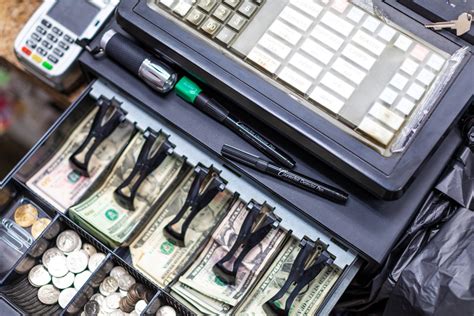Forensic Methods Used in Counterfeit Detection: A Comprehensive Guide
What Are Forensic Methods in Counterfeit Detection?
Forensic methods in counterfeit detection involve specialized techniques that help identify fake products, documents, and currency. These methods combine scientific analysis with practical inspection, allowing experts to discern counterfeit items that might otherwise look authentic.
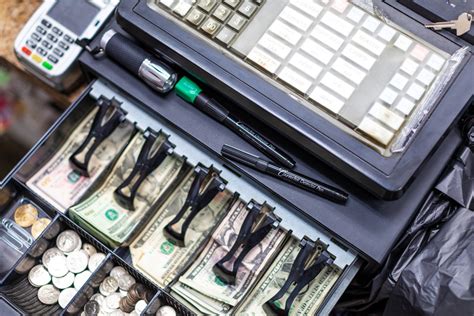
How Are Chemical Analyses Used in Detecting Counterfeit Products?
Chemical analysis is a fundamental forensic technique used to authenticate products. By examining the chemical composition of materials, experts can detect deviations from original formulas used by brands. This can reveal counterfeit materials in:
- Cosmetics
- Pharmaceuticals
- Electronics
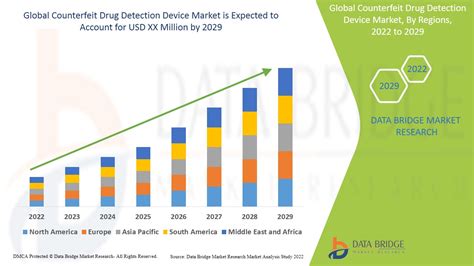
What Role Does Microscopy Play in Detecting Fake Items?
Microscopy is used in forensic science to examine items at a microscopic level, revealing details that are invisible to the naked eye. This technique is essential in identifying counterfeit documents, textiles, and electronic components.
| Microscopy Type | Application |
|---|---|
| Optical Microscopy | Used for examining surface texture |
| Electron Microscopy | Used for in-depth analysis of material composition |
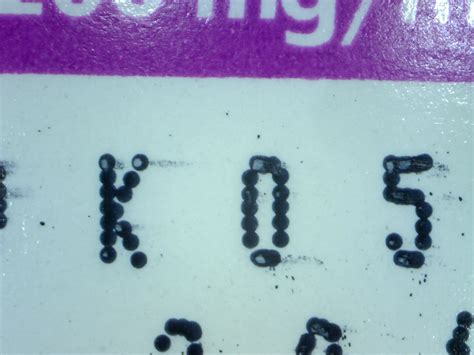
Can Spectroscopy Help in Authenticating Products?
Spectroscopy measures the interaction between light and material, providing insights into the composition of products. Through spectroscopy, counterfeit detection experts can compare the spectrometric data of a suspect product with authentic data to determine authenticity.
How Does DNA Tagging Aid in Counterfeit Prevention?
DNA tagging involves embedding synthetic DNA markers in products. These markers are unique to a brand or product line, allowing forensic teams to verify authenticity quickly and efficiently. DNA tagging is used in sectors like luxury goods, pharmaceuticals, and agriculture.
What Is the Role of X-Ray Fluorescence (XRF) in Identifying Counterfeits?
XRF is a non-destructive forensic technique that analyzes the elemental composition of materials. In counterfeit detection, XRF is widely used to identify metals in electronics, jewelry, and high-value items, helping experts identify authentic and counterfeit materials.
How Are Watermarks and Holograms Used in Counterfeit Detection?
Watermarks and holograms are unique marks or patterns placed on documents and products to ensure authenticity. When inspected, genuine items display these marks, which are difficult to replicate.
What Role Does Digital Forensics Play in Counterfeit Detection?
Digital forensics is vital for detecting counterfeits in digital formats, such as counterfeit software or digital certificates. Techniques include analyzing metadata, examining source codes, and detecting unusual patterns to identify potential fraud.
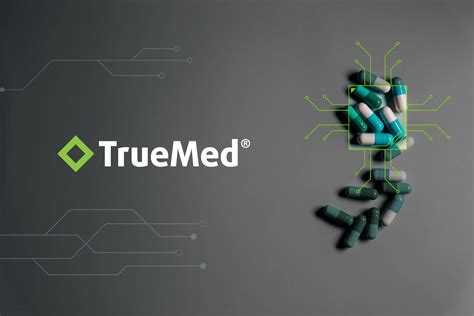
How Are Barcode and RFID Systems Used for Counterfeit Prevention?
Barcode and RFID (Radio-Frequency Identification) systems are electronic tagging techniques used to track products. They are widely adopted to prevent counterfeit by authenticating items and tracking them through the supply chain, ensuring consumers receive authentic products.
What Is the Importance of Training in Forensic Counterfeit Detection?
Expert training in counterfeit detection is essential to stay updated with the latest techniques and technology. Skilled forensic teams are trained in everything from analyzing materials to understanding digital forensics, enhancing their ability to spot counterfeits.
Summary Table of Forensic Methods in Counterfeit Detection
| Forensic Method | Purpose | Application |
|---|---|---|
| Chemical Analysis | Determines material composition | Cosmetics, Pharmaceuticals |
| Microscopy | Examines surface texture | Textiles, Documents |
| Spectroscopy | Analyzes light interactions | General Authenticity |
| DNA Tagging | Identifies unique DNA markers | Luxury Goods, Agriculture |

